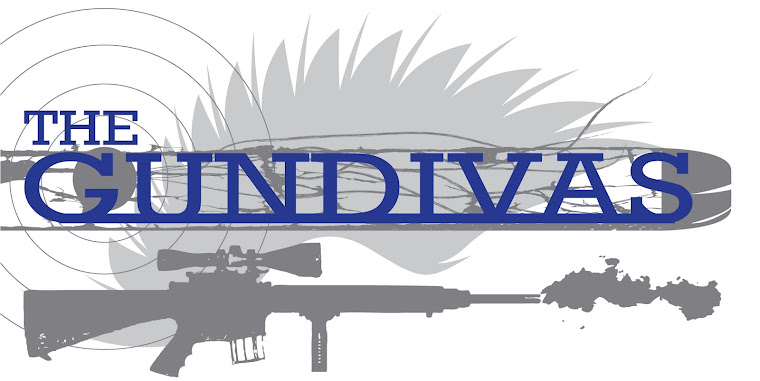But the question was, "what else can I do?".
In the Renegade Medics' post, they mentioned the following:
"I can’t tell the country how to stop school shootings and I’m not even certain if there is such a solution. Certainly violence seems to find its way to every country eventually and when violence isn’t present, innocent injuries and accidents also occur. I do however know about preventable death and I do know that there are ways that we can prepare faculty and students and equip schools to handle the common injuries seen in these tragic events and if we can at least minimize the deaths, that in itself is progress. Here are some recommendations I have:I took what they had to say to heart, talked to my Campus Director and got him to agree to mandatory CPR/FA training for all faculty and staff members. In March, we certified 20 employees in CPR/FA for the community. I wanted to make the Advanced Bleeding Control (similar to Stop the Bleed) mandatory, but settled for the basics.
-Require all teachers and faculty members to attend annual first aid training specifically related to traumatic injuries such as the DHS “Stop the Bleed” training.
-Make annual “Stop the Bleed” training available to all secondary school students or built into the curriculum. This training can be accomplished in less than half of one school day.
-Require school nurses and other campus medical staff to attend and maintain Tactical Emergency Casualty Care certification (a two day course). This will allow them to oversee implementation in each school and serve as a better resource.
-Identify teachers and faculty members who have experience in pre-hospital medicine such as military veterans and volunteer Fire/EMS personnel who can take on additional responsibilities with implementing a program like this and will be of additional help in an actual event.
-Strategically placed small caches of medical supplies, ideally in individual classrooms. This is to avoid having to leave a locked or barricaded classroom to retrieve medical supplies during an active incident.
-Expand availability and funding for more EMS providers to attend Tactical Emergency Casualty Care training and facilitate more EMS Rescue Task Force training"
I also opened up a free Advanced Bleeding Control course to staff, faculty, students, and their families. Through that program, I certified 13 people in Advanced Bleeding Control. I wanted to make it as realistic as possible, so I bought some bone-in pork roasts. I shot one with a 9mm and stabbed/sliced the other, so they would have the opportunity to both pack a wound and use a pressure dressing on the other. A bit of stage blood helped to add to the effect.
 |
| Knife stab/slash to the "thigh" |
 |
| GSW to the other "thigh". Bullet hit the bone and re-directed, exiting what would have been the butt cheek. |
 |
| The students opted to pull down the patient's pants to pack the wound. |
 |
| Direct pressure, using 4x4s and improvised pressure dressing. |
While I was talking my Campus Director into requiring everyone to be CPR/FA certified, I managed to talk him into dumping money into staging bleeding control kits throughout campus. We now have them prominently displayed in every classroom and lab on campus. No one is more than 10-15 seconds away from a bleeding control kit, no matter where they are on campus.
Coming off of the success of teaching the course on campus, I managed to get permission from the Undersheriff to offer the class to our volunteer Posse members in May, which will allow our volunteers to carry their TQs.
While I can't accomplish everything laid out by the Renegade Medics, I do feel good about the changes I did make and will continue to do so. I hope others take their words to heart and do what you can to make your community (no matter how small or big) safer.
